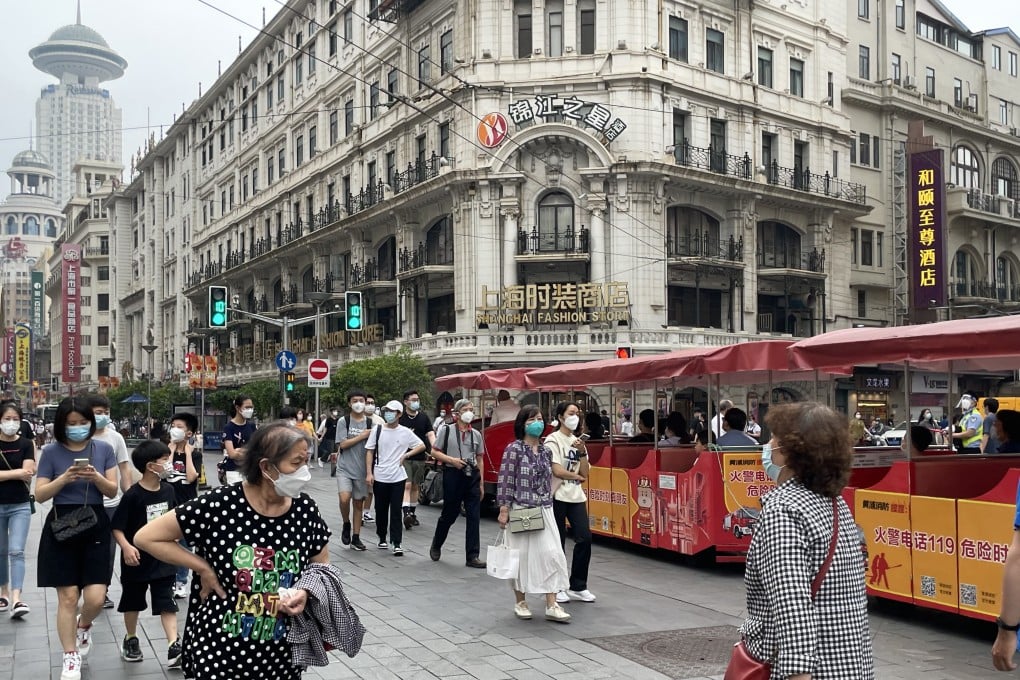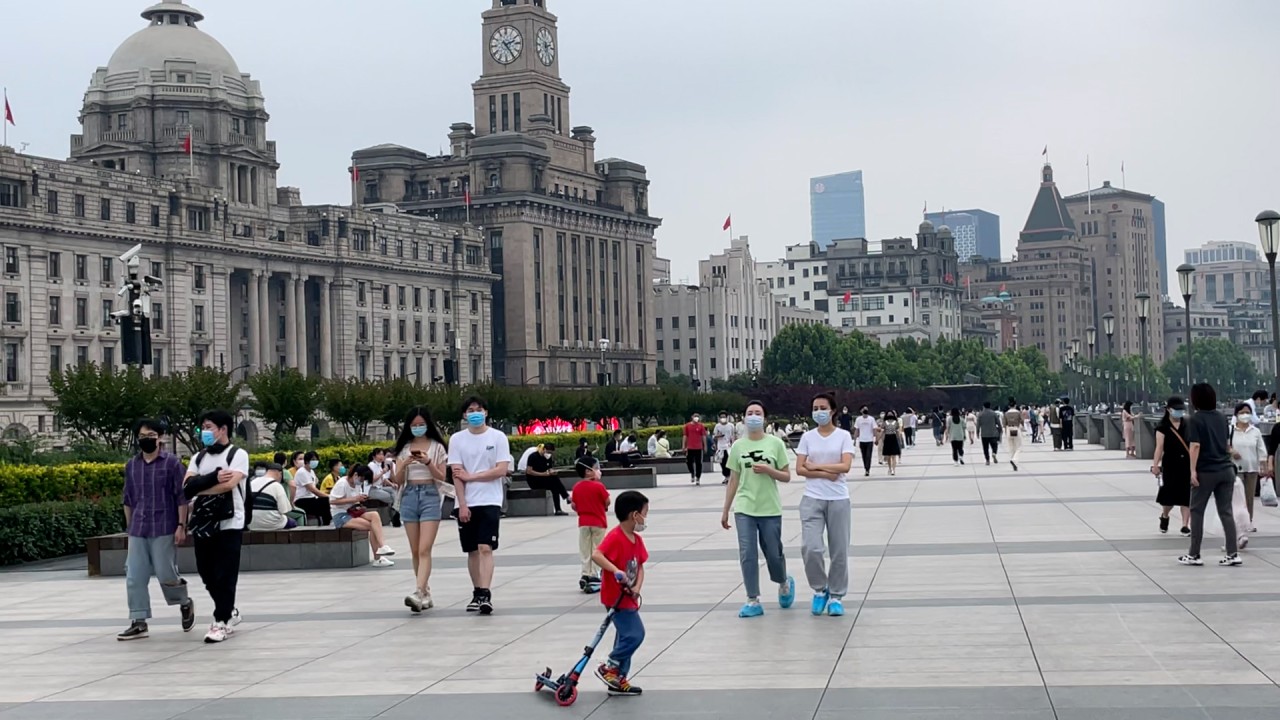Advertisement
Shanghai reopening: commuters, shoppers and revellers return as China’s commercial hub cautiously restores life and work after lockdown
- New infections fell for the 11th day to 15, while five cases showed symptoms, and no death was reported for the fifth day
- SCMP’s Shanghai reporters will provide on-the-ground coverage of the formal end of lockdown around China’s commercial hub, as Covid-19 comes under control
Reading Time:5 minutes
Why you can trust SCMP
74

Shanghai formally ended its two-month citywide lockdown today, cautiously giving free rein to 2.67 million businesses from corner shops to global manufacturers to resume operations after bringing the city’s Covid-19 outbreak under control.
New infections fell for the 11th straight day, dropping 52 per cent to 15 in the past 24 hours, according to data released on Wednesday. Cases that showed symptoms slumped by 44 per cent to five, and the death toll remained zero for the fifth day.
The outbreak of the highly transmissible Omicron variant of Covid-19 since March had tarnished Shanghai’s previously lauded success at keeping the disease at bay since the disease was first reported in China two years ago. The death toll from Omicron since April 18 stood at 588, or 0.09 per cent of the 626,600 people - mostly without symptoms - who caught the disease in the city of 25 million residents.
“We will return life and businesses to normality,” the Communist Party’s Shanghai committee and the municipal authorities said in a statement to thank residents. “Shanghai will do its utmost to make up for the lost ground caused by the virus outbreak.”
All over the city, barriers and barricades around residential compounds have started to come down. Sentry posts staffed by community volunteers to keep residents homebound within their compounds were also removed.
More than 22.5 million residents, or 90 per cent of Shanghai’s population, who live in low-risk areas that had been declared infection-free for the past 14 days will be allowed to leave their compounds, and access public transport.
Advertisement
